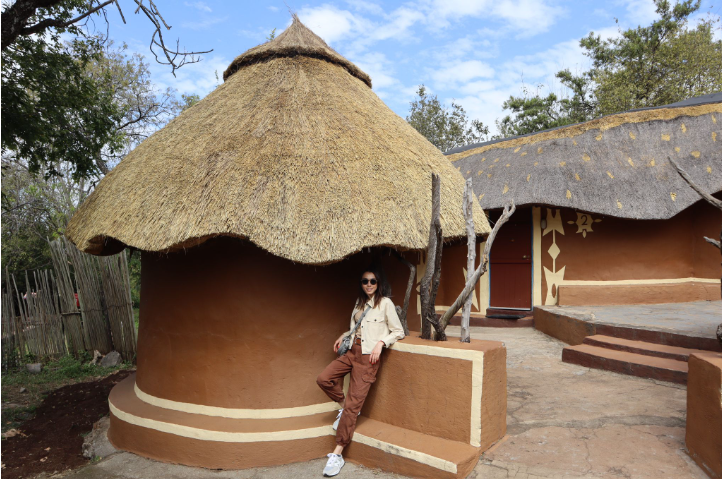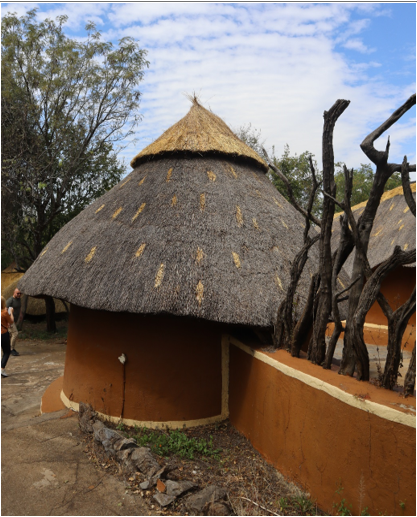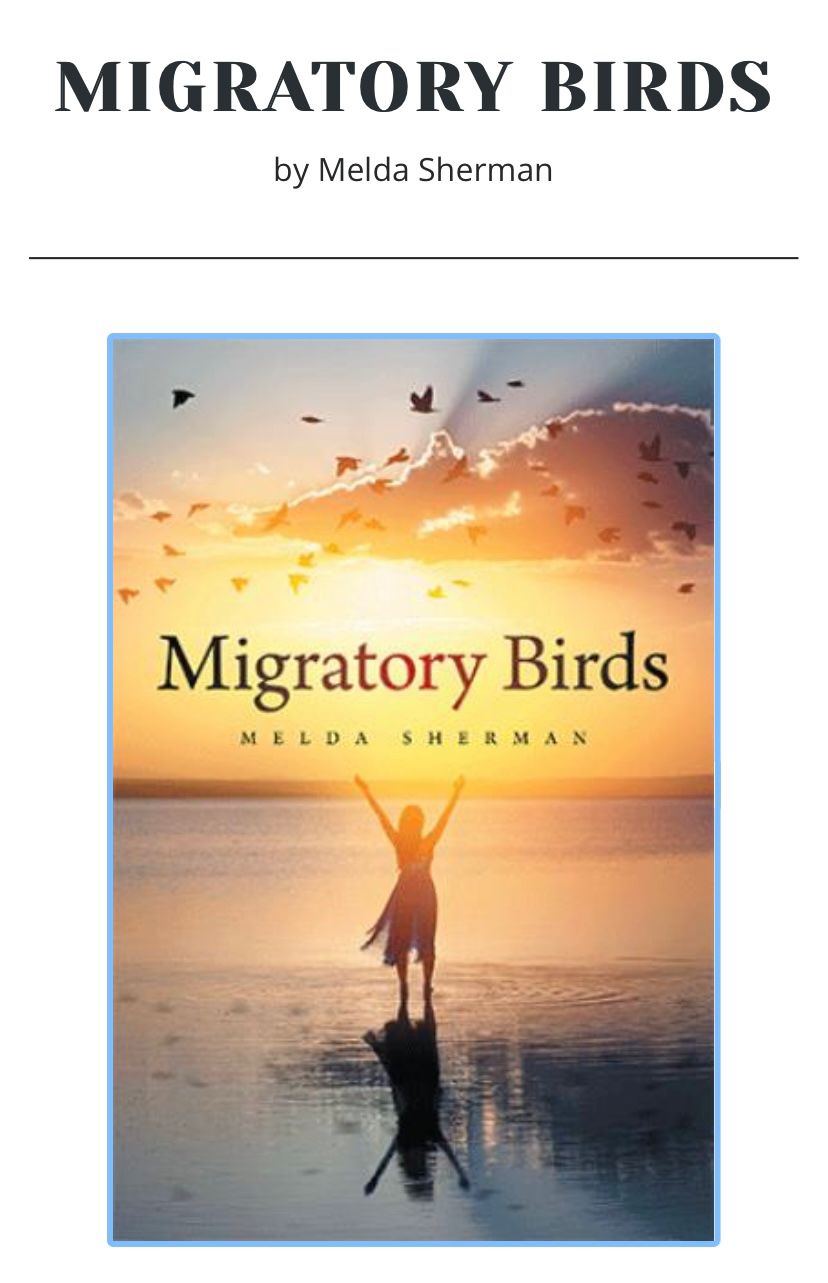
Hello everyone,
As an architect who wanders the streets in search of meaning for no reason, I am writing this article with the desire to share with you my recent trip to South Africa and Cape Town.
The city of Cape Town makes its user experience the timeless side of architecture. The city, which was formed by the articulation of different styles over time, hides a tribal culture under its modern-looking side. The city reveals this dynamic culture in itself in different contexts on facades and urban furniture. For example, while walking on an ordinary street, you may come across a series of houses whose walls are painted with motifs. To know the city, it is necessary to understand the tribal culture that formed its roots.

The intertwining of nature and architectural structuring and the shaping of the tribe with the effect of nature is one of the biggest building blocks in the formation of tribal architecture. The architectural structures of the tribes are built with domed forms. In a region with a geography surrounded by mountains, these domed structures look like the reflection of natural shapes. The settled lifestyles and architecture of the tribes are formed by being inspired by their geography, without disturbing it, by speaking the same language and interacting with the climatic conditions in which they live. They established their tribes with self-sufficient, sustainable structures. For example, they provided natural thermal insulation on the facades with mud and cow dung. With the satisfaction of being self-sufficient, they were able to easily reflect the character of their sociological life into their living architecture. Thus, the rituals of the tribes shape the form of the daily usage areas. Each tribe has a common kitchen. Sharing the food and the table as a society has been effective in positioning the kitchens of all households in a single common structure. Animal husbandry, which is their most important source of livelihood and food, is at the center of their lives. They reflect these priorities in their habitat architecture by placing their animals’ habitats in the middle of the tribe’s settlement plan.

After the British domination of the country, towns were established under the influence of British architecture. Tribal architecture begins to evolve from domed structures into townhouses with Dutch-style pitched roofs. The tribal culture begins to be replaced by the town culture. Although townspeople living in the same type of houses in a town that resembles a tribal settlement show similar aspects to tribal life, the tables were separated and the rituals disappeared.

Then, with the effect of modernization, urbanization, and sociological changes begin. Life begins in metropolitan city settlements, especially in Cape Town. Changes in consumption needs also lead to changes in the system of the city in which the society lives. With the differentiation of consumption needs, the modern lifestyle, tribal life, tending to a self-sufficient, coexisting structure that separates the society from each other by moving away from naturalness, has created a new silhouette of the city. The distinction between the rich and the poor in the city’s social structure is reflected in the city’s architecture. The poor live in tents and tin houses, while the wealthy live in isolated neighborhoods where they set their limits and have housing designed for consumption. This great distinction makes itself evident in the inner order of the city as you turn corners in the streets of the city, leave the street of luxury houses and move towards the side street, and pass in front of the lives trying to continue in the tents aligned with the side of the road. The urban order establishes its order in this contrast and sets its own rules. Here the city is an organism. This organism is shaped by feeding on the contradictions within it. The concept of coexistence, which is the most basic ritual of the tribes, has melted and disappeared in these contrasts.

Today, Cape Town Stadium reflects the tribal lifestyle and memory as an icon. A city that has lost its past can only reflect it as a form. In the African Zulu tribal culture, we see the traditional Zulu hat form worn by the tribesmen in the architecture of the Cape Town Stadium. The designer of the stadium symbolized the Zulu tribal culture with the architectural form of the stadium in the city of Cape Town. If such an ancient culture is symbolized only in the form of hats and the people of this culture live in tents, what makes this a city in your eyes?

See you in my next article,
Simin Pakakar
Co-founder of Kanopi Architecture
Istanbul, Türkiye
Instagram: @kanopimimarlik
Website: https://kanopimimarlik.com/
Image References: https://www.gmp.de/en/projects/501/cape-town-stadium


